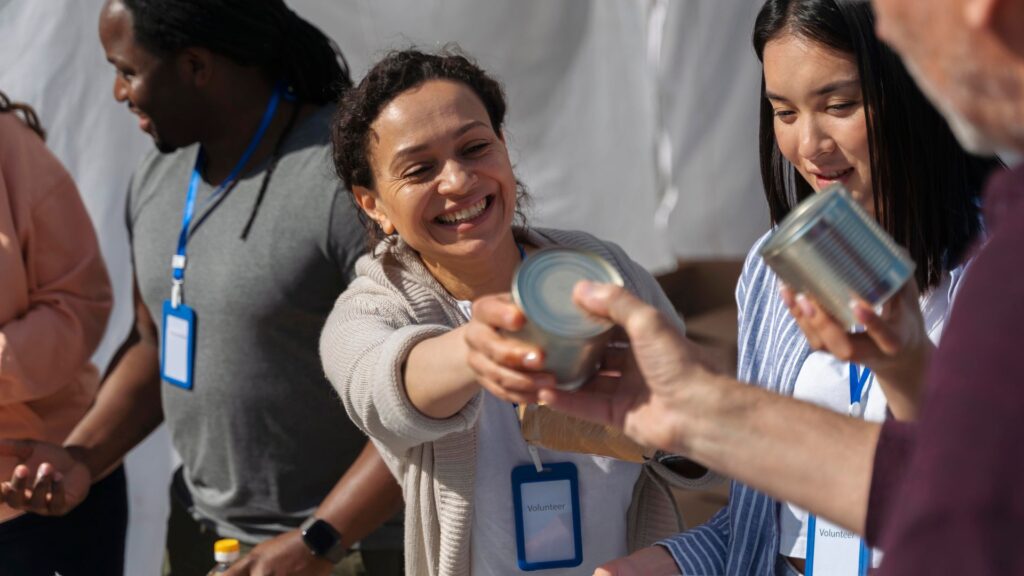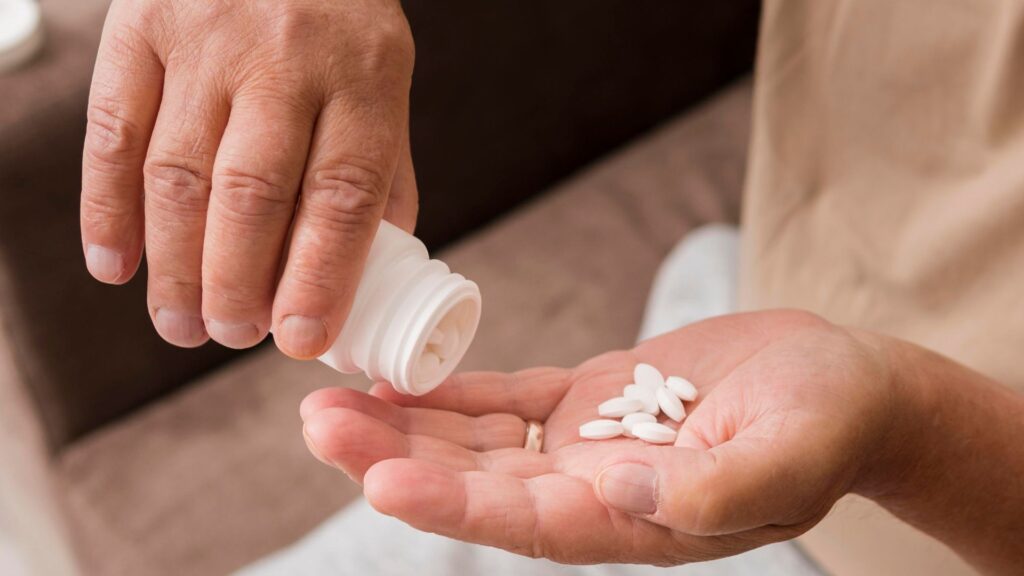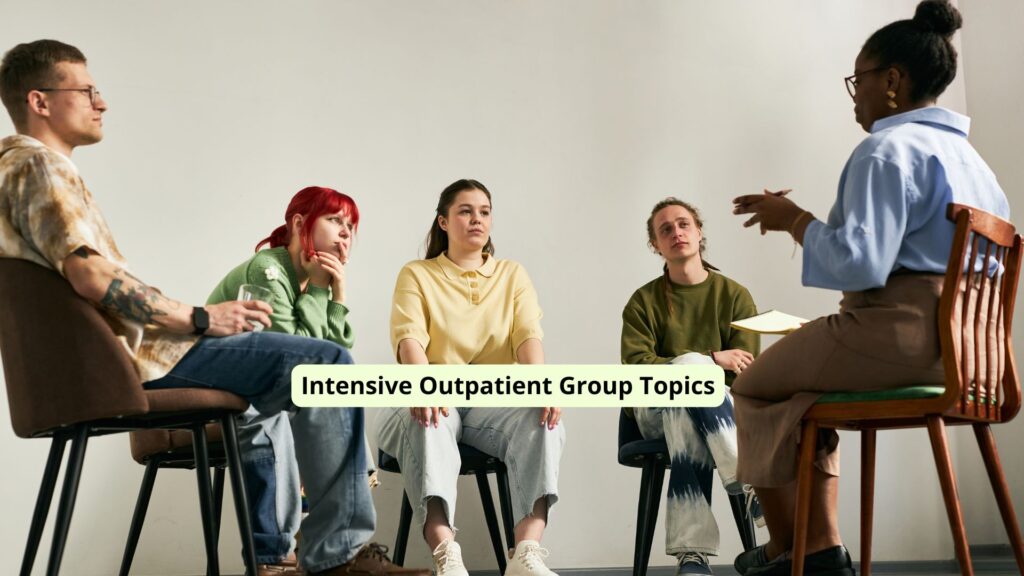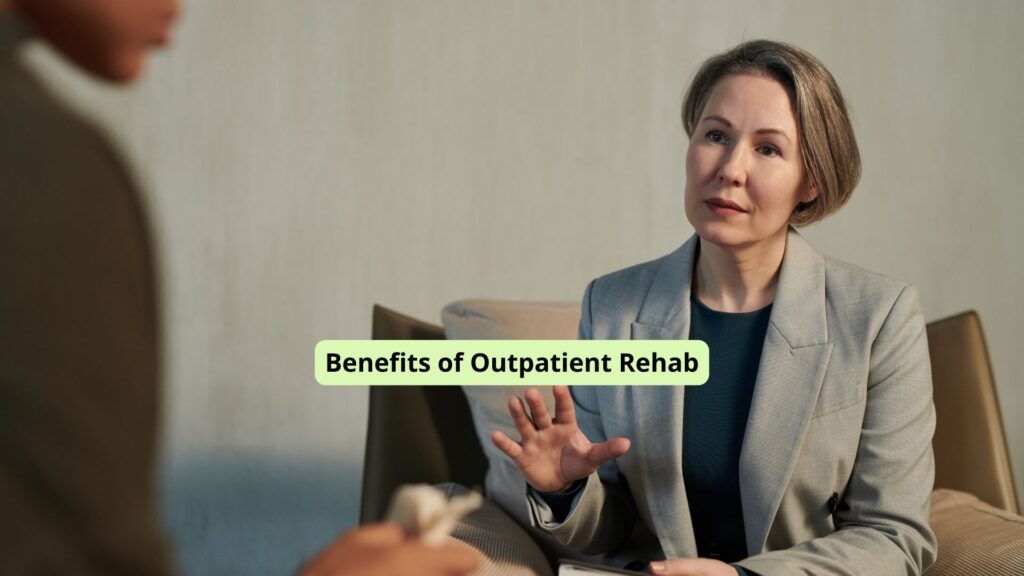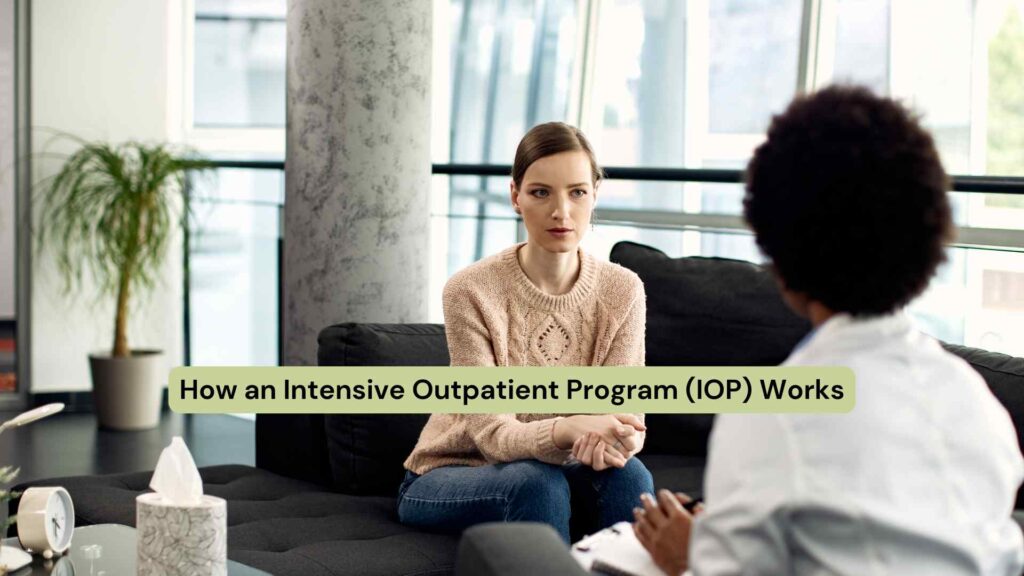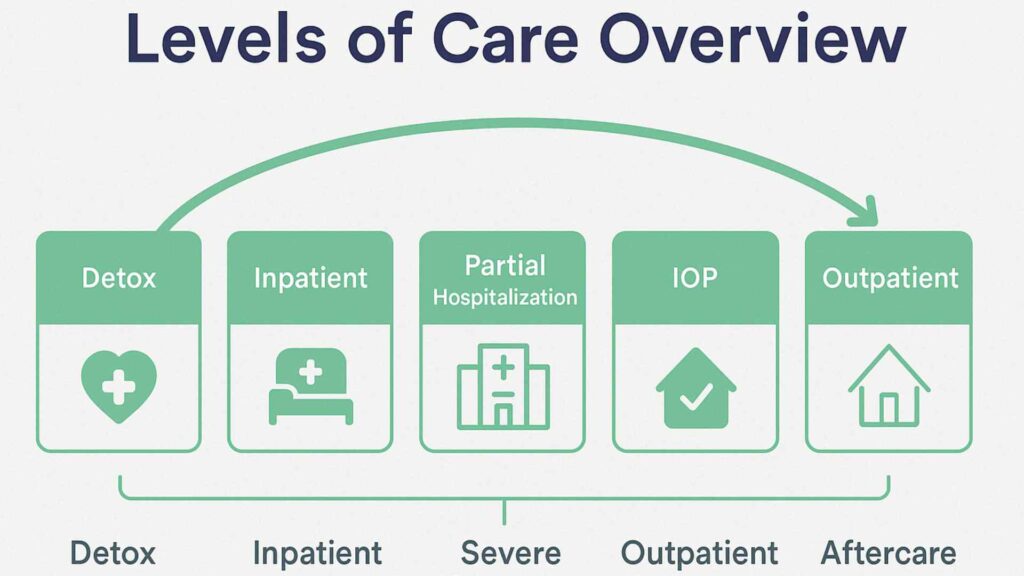Family involvement plays a critical role in the success of teen addiction treatment. Adolescents facing substance use challenges benefit significantly when their families are actively engaged in the recovery process.
This article explores why family participation matters, the ways it can support lasting recovery, and how treatment programs can better integrate families for more effective outcomes.

The Link Between Family Dynamics and Teen Addiction
Substance use among teens is often closely linked to family dynamics and is one of the leading causes of addiction in adolescents. Stressful home environments, lack of communication, inconsistent boundaries, and unresolved trauma can all contribute to a young person turning to drugs or alcohol. Conversely, strong family support can be a protective factor against addiction.
When adolescents enter treatment, it’s essential not to isolate them from their environment. Addiction in young people doesn’t develop in a vacuum, and successful therapy must address the broader context, including the family system.
Identifying patterns and creating a stable home life are foundational parts of healing. Finding comprehensive teenage addiction treatment programs that focus on their needs can provide the specialized support that both youth and their families need during this challenging time.
Why Family Involvement Matters in Teen Recovery
Teenagers are still developing emotionally, socially, and neurologically. When addiction occurs during this critical stage, it not only affects the individual but also disrupts the family dynamic. Substance use often leads to conflict, secrecy, and emotional distance between teens and their loved ones. Family involvement helps repair these relationships while reinforcing accountability, safety, and communication. Studies show that teens are more likely to engage in and complete treatment when their families are part of the process.
Involvement also provides caregivers with insight into addiction as a chronic condition, allowing them to shift from blame or frustration to understanding and support. In many cases, the teen’s environment—including parenting styles, trauma history, and communication patterns—can impact both the onset and progression of substance use. Therefore, involving family members in therapy gives everyone a chance to heal and grow together.
Types of Family Involvement in Treatment
Family involvement in teen addiction treatment takes several forms, depending on the treatment model and the needs of the family. Common approaches include:
- Family therapy sessions: These sessions, led by licensed clinicians, address communication breakdowns, boundaries, unresolved trauma, and co-dependency issues. They offer a structured space to rebuild trust.
- Psychoeducation: Families are educated about substance use disorders, mental health, and adolescent development. This knowledge helps family members better understand what their teen is going through and how to respond constructively.
- Multi-family groups: These groups allow families to learn from and support one another. Sharing experiences reduces isolation and fosters a sense of community.
- Family participation in treatment planning: When parents and caregivers are involved in setting treatment goals and understanding clinical strategies, they become active partners rather than passive observers.

Benefits of Active Family Engagement
Teens who receive treatment with active family participation often show improved treatment retention, healthier communication habits, stronger emotional regulation skills, and greater trust and transparency with their family members. Importantly, family engagement also helps teens build essential coping skills that support long-term sobriety and emotional resilience.
In addition, families themselves often experience reduced stress, clearer expectations, and increased confidence in their ability to support their teen’s recovery. When families engage in the process, they may also recognize and address their own emotional or behavioral health needs, leading to a more stable and supportive home environment that benefits everyone involved.
Challenges and How to Overcome Them
While family involvement is ideal, it is not without challenges. Some families may feel overwhelmed, ashamed, or unsure of how to help. Others may have long-standing conflicts with their teen or struggle with issues like divorce, financial instability, or mental health conditions of their own.
To address these barriers, treatment programs often include individual support for parents or caregivers. Flexibility with scheduling, virtual sessions, and trauma-informed care models can also help families feel safe and respected. It’s crucial for providers to meet families where they are and tailor involvement accordingly—there’s no one-size-fits-all approach.
Integrating Family Involvement in Different Levels of Care
Whether a teen is in outpatient treatment, intensive outpatient (IOP), or a residential program, family involvement remains essential. In outpatient settings, families often attend weekly therapy sessions and educational workshops. In more structured levels like residential care, involvement may include scheduled family weekends, video calls, and progress reviews with clinical teams.
Even after formal treatment ends, continuing family engagement through support groups or aftercare planning can make a significant difference. Recovery is a long-term process, and ongoing support is vital to prevent relapse and sustain progress.
Final Thoughts from Abundance Treatment
Family involvement is not optional—it’s essential. When families actively participate in teen addiction treatment, outcomes improve, relapse risks decrease, and the entire family system has a chance to heal and grow.
At Abundance Treatment, we understand that healing from teen addiction requires a team effort. Our treatment programs in Toledo, OH, are built around evidence-based practices that include the family at every step. We provide structured support, compassionate guidance, and tools for long-term recovery—because when one person heals, the whole family benefits.


